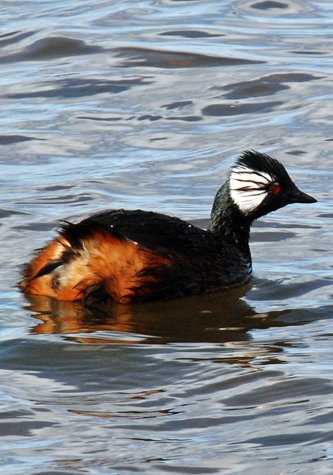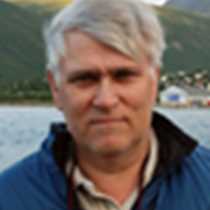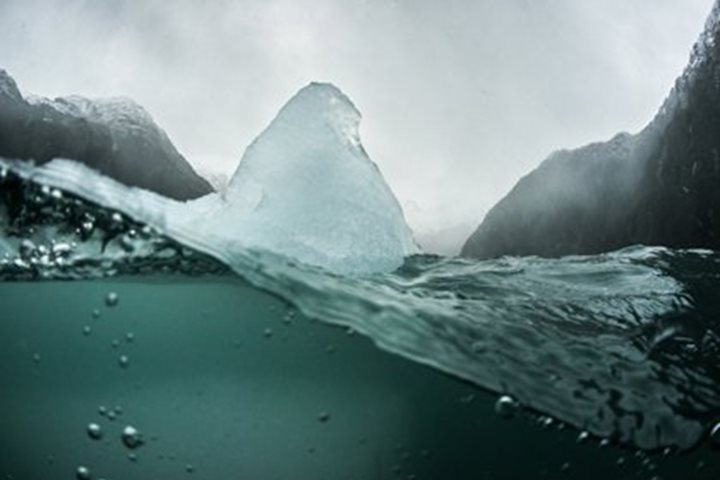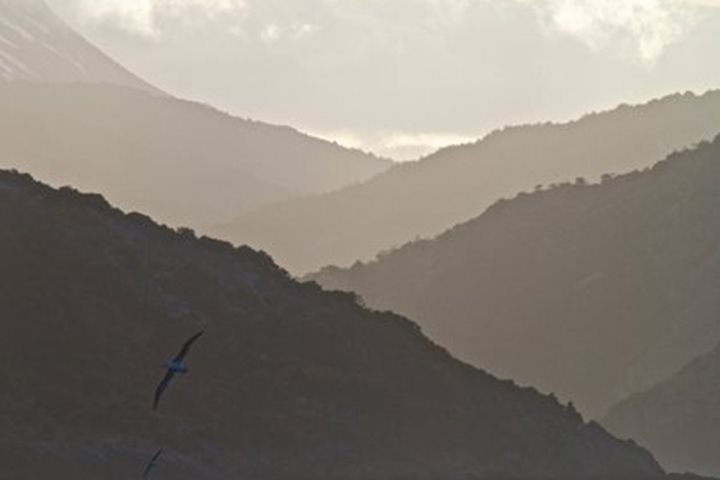Last evening we entered Magellan Strait and Chilean waters and through the night we headed for the major port in the area, Punta Arenas. It is a translation of one of many English place names, “sandy beach” set by early English and later British sailors coming through the area; Sir Francis Drake, James Cook with his Resolution, and of course the Beagle with captain Fitzroy and his fellow mate Charles Darwin.
The first European fortified settlement here in Magellan Strait dates back to 1583, established by Sarmiento and later named Port Famine. The Spanish wanted to establish an outpost to keep a watchful eye on all these English pirates coming through the area at the time to hit the Spanish fleets in the waters off Peru, which were bringing gold and silver back to mainland Spain. As the name suggests, this settlement failed completely and only two of the settlers ever returned to Spain. Modern Punta Arenas was established at the time steamships started to round South America, in the 1850s. Sailing ships had been forced to do the voyage around the Horn, as the Magellan Strait is known for its strong tidal currents, but ships equipped with engines were able to use this shortcut and avoid the infamous Cabo de Hornes, known as graveyard for sailing ships. Coal was found in the area and soon Punta Arenas became an important coaling station for ships sailing around South America.
The heydays for Punta Arenas were the early years before World War I, not only because the high frequency of ships but also gold was found in Tierra del Fiego. Gold miners from the rush in Klondike now dashed from the very north to the far south. Additional sheep farming fired up here in southern Patagonia around 1890s and people from many parts of the world ended up here in the very far south. After 1914 Punta Arenas became a forgotten outpost, as this year the inaugural of the Panama Canal happened and now ships did not need to sail around South America.
Today the main industries in the area are oil, gas, and fisheries. As we entered Magellan Strait last night we saw plenty of oilrigs. The population of Punta Arenas today counts to about 120,000 and of course the area is of great importance for the Chilean navy. It is also a major gateway for several of the different nation’s Antarctic bases in the Antarctic Peninsula area.
We docked at the main pier and soon we were off for three different outings. One group went for the city tour visiting the plaza and later the local museum. Of course at the plaza you find a large statue of Magellan looking to the west over the Pacific Ocean, translated that would be “the calm ocean.” How wrong he was he soon was to find out! Although he was not the first European to see this ocean, as Balboa had already in 1513 walked over the isthmus in what is nowadays Panama and named the ocean he sighted the “Southern Ocean.” This was the beginning of mapping the world.
The second group departed for a forest trek in the unique forest that is only found here in the very south of South America, the southern beech tree forest (Nothofagus), and the third group left for a bird tour at a wetland area just outside the city.
After lunch we made a reposition to Isla Magdalena, which is now a protected penguin sanctuary, home to about 60,000 pairs of Magellan penguins. Additionally, we also encountered many other different bird species here. Now we have endless of fjords to explore for several days.







